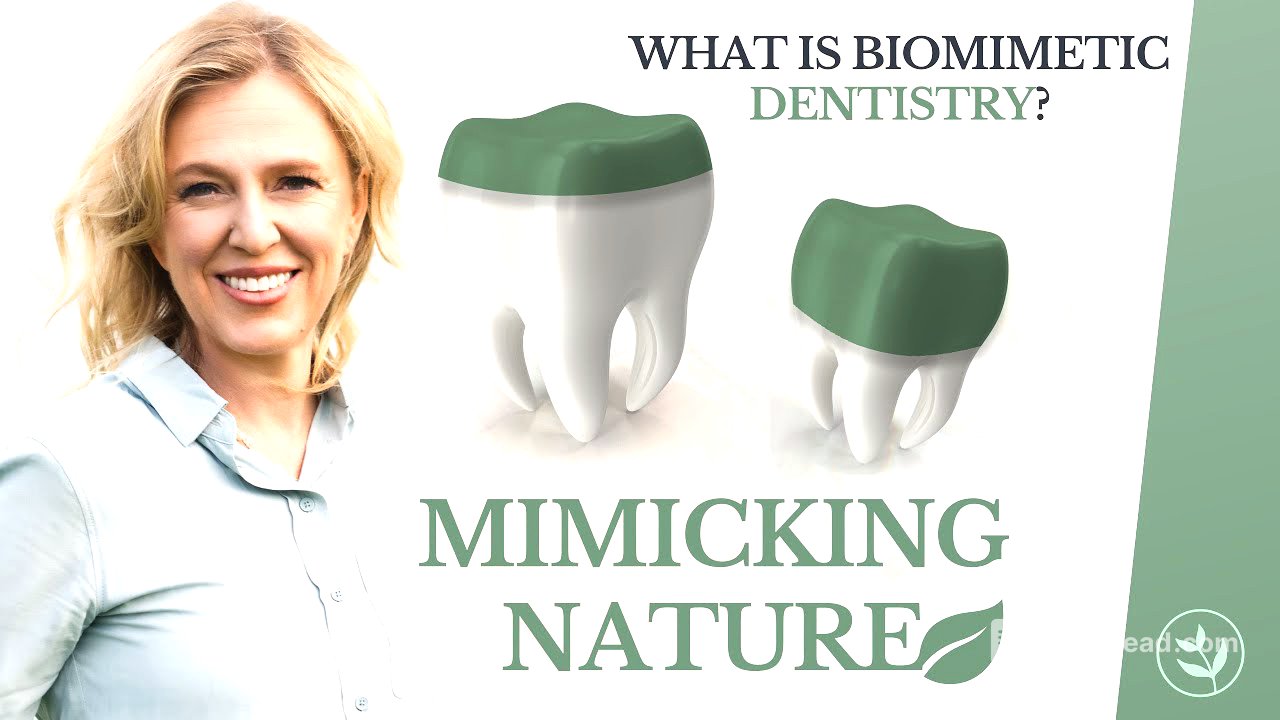TLDR;
This video discusses the issues with traditional dental procedures like root canals and crowns, and introduces biomimetic dentistry as a more conservative approach to saving teeth. It highlights the problems of root canals leading to infection and weakening the tooth, and crowns requiring significant removal of healthy tooth structure. The video advocates for ozone treatment and onlays as alternatives to preserve natural tooth structure and improve long-term dental health.
- Root canals can lead to infection and weaken teeth.
- Crowns require removing healthy tooth structure.
- Biomimetic dentistry offers conservative alternatives like ozone treatment and onlays.
- Preserving natural tooth structure is key to long-term dental health.
Introduction to Crowns and Root Canals [0:00]
The video introduces the concept that crowns and root canals are not always necessary, and that biomimetic dentistry offers alternative solutions. Biomimetic dentistry aims to mimic nature by recreating what nature provided, increasing the strength, resilience, and longevity of the tooth, improving its function, and enhancing its appearance. The discussion will cover the drawbacks of root canals and crowns, and explore options for avoiding these procedures.
The Dangers of Root Canals [3:30]
Root canals involve cleaning and filling the inside of the tooth where the nerve and blood vessels reside. However, the procedure cannot clean or fill all the tiny tubes branching off the main canal, leaving dead tissue behind. This dead tissue becomes susceptible to infection, attracting bacteria that form communities and destroy bone. The absence of the nerve means the early warning system for these infections is missing, allowing the infection to spread, often into the jawbone, without the patient's knowledge. A root canal weakens the tooth, making it brittle and prone to breaking, which is why a crown is typically recommended afterwards to provide support and strength.
The Issues with Crowns [6:00]
Crowns are often recommended for teeth with large fillings, cavities, or fractures, aiming to support and strengthen the tooth. However, if enough tooth structure remains, a crown may not be necessary. The procedure involves removing a significant amount of tooth structure (1 to 1.5 mm of enamel) all around the tooth to make space for the crown material. This removal eliminates the protective enamel layer, leaving the dentin and nerve exposed and sensitive. The bonding of the crown to the remaining dentin is weaker than bonding to enamel, leading to potential leaks, cavities underneath the crown, and eventual tooth loss. This process often leads to a cycle of small cavity, small filling, bigger cavity, bigger filling, crown, root canal, and ultimately tooth loss.
Biomimetic Dentistry: Saving Your Teeth [9:00]
Biomimetic dentistry offers alternatives to root canals and crowns, focusing on preserving natural tooth structure. For affected (sensitive but still alive) teeth, the cavity is removed without exposing the nerve, and ozone is used to kill any remaining bacteria. The tooth is then filled, preserving the nerve and allowing the tooth to heal itself. If a crown is suggested after rebuilding the tooth, the amount of remaining tooth structure is assessed. If enough remains (a cusp tip or a significant portion of the tooth), an onlay is used instead of a crown. An onlay involves removing only the affected portion of the tooth, cleaning and strengthening it, and covering only that area, preserving more enamel and preventing the downward spiral of dental procedures.
Finding a Qualified Biomimetic Dentist [12:00]
To find a qualified biomimetic dentist, ask if they perform onlays and use ozone in their practice. Specialised training is required for these procedures. Biomimetic dentistry aims to save teeth that might otherwise be deemed unsavable, which can also benefit overall health. By mimicking nature's design, dentists can rebuild and preserve teeth, maintaining their function, structure, strength, and appearance for the long term.









